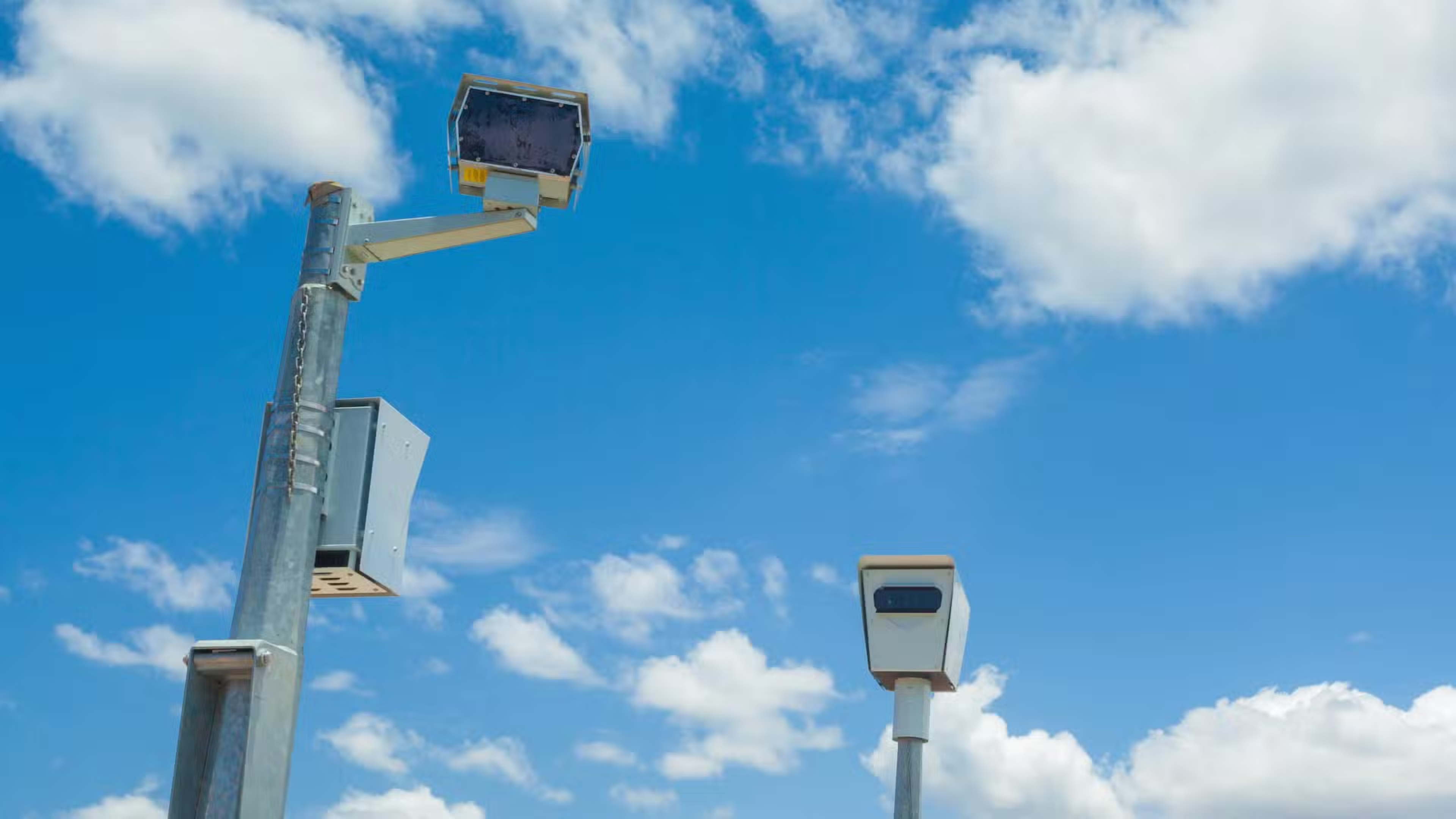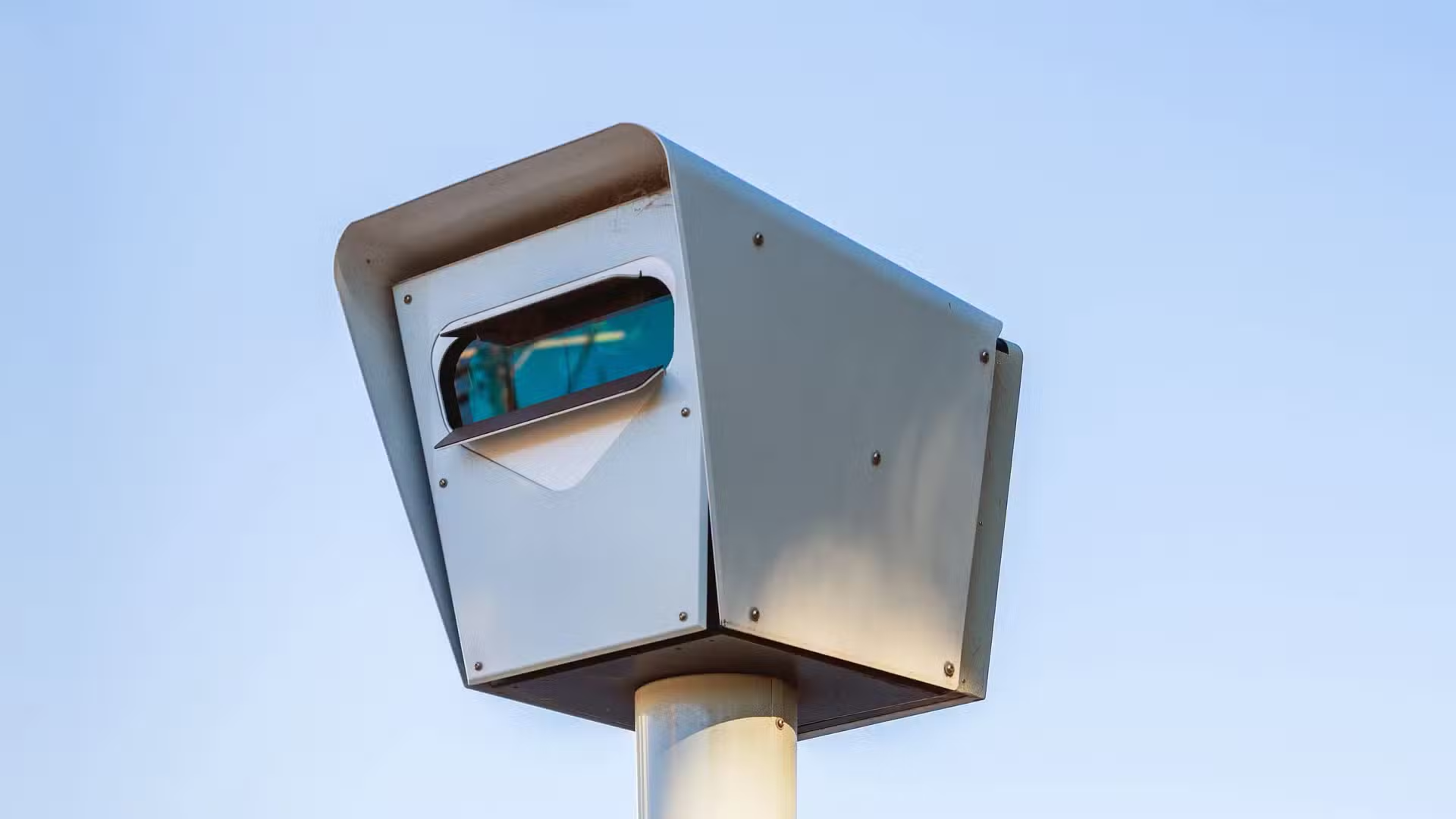Average Speed Cameras Are Coming to Local NSW Roads Permanently – Here’s What You Need to Know

Starting July 1, 2025, New South Wales will become the latest state to permanently introduce average speed cameras on local roads, expanding their role beyond monitoring heavy vehicles. At Tynan Motors, we care about keeping our community informed, so here’s a breakdown of how this technology works, how you can be fined, and what penalties apply.
🚨 What Are Average Speed Cameras?
Also known as point-to-point speed cameras, these systems don’t measure your speed at a single moment like traditional cameras. Instead, they track your vehicle between two set points and calculate your average speed over that stretch of road.
If your average speed exceeds the posted limit, you’ll be flagged for a speeding infringement – even if you weren’t speeding the entire way. This means coasting into a camera zone or slowing down just before the camera won’t necessarily save you from a fine.
The NSW Government first switched on average speed cameras for regular cars in September 2024 as part of a nine-month trial. This will end on June 30, 2025, with full rollout beginning immediately after. NSW now joins most Australian states and territories in using this technology – excluding Tasmania and the Northern Territory.
📸 How Do Average Speed Cameras Fine You?
Average speed cameras work using two or more strategically placed camera points. The system records the exact time your car passes through each point. Using that data, it calculates whether your speed exceeded the legal limit over the measured distance.
As the Victorian Government explains:
“If the time a vehicle takes is shorter than [what’s allowed], the system calculates the average speed of the vehicle was over the speed limit. It flags the incident for review and verification.”
This method ensures fines are based on consistent speeding rather than momentary spikes – making it harder for drivers to game the system.
💸 What Are the Fines for Average Speeding in NSW?
If caught speeding by average speed cameras, NSW drivers may face serious penalties depending on how far over the limit they were:
- Under 10km/h over the limit: Up to $2200 (court-imposed maximum)
- Over 45km/h above the limit: Up to $3300 fine and six-month licence disqualification
And remember – fines and demerit points in NSW can change at any time without notice, so it’s essential to stay updated.

🚗 How Does NSW Compare to Other States?
| State | Minimum Penalty | Maximum Penalty |
|---|---|---|
| Victoria | $247 + 1 point (under 10km/h) | $395 + 3-month suspension (20-24km/h over 110km/h limit) |
| Queensland | $322 + 1 point (under 11km/h) | $1854 + 8 points (over 40km/h) |
| South Australia | $304 + 1 point (1–9km/h) | $1997 + 9 points (45km/h+) |
| Western Australia | $100 (under 9km/h) | $1200 + 7 points (40km/h+) |
| ACT | $326 + 1 point (<15km/h) | $1841 + 6 points (45km/h+) |
| Tasmania | $101 + 2 points (<10km/h) | $1161.50 + 6 points + 4-month ban (45km/h+) |
| Northern Territory | $150 + 1 point (15km/h) | $1000 + 6 points (45km/h+) |
🚘 What This Means for NSW Drivers
As NSW introduces more AI-powered traffic enforcement and average speed cameras on local roads, it’s more important than ever for motorists to be mindful of their driving habits. These new systems are designed to encourage safer driving over longer distances, not just around camera hotspots.
✅ Safe Driving Starts with Awareness – Stay Updated with Tynan Motors
At Tynan Motors, we’re here to keep our community informed about all the latest motoring news, safety tech, and road rule changes that could affect you. Whether you're behind the wheel of a Kia, LDV, Hyundai, or any other vehicle, being aware of these updates is essential to avoiding fines and staying safe on the road.
📍 Have questions about your vehicle or looking for a safer, smarter drive? Visit your local Tynan dealership or contact our expert team today.
Ensure you search the Tynan stock through our link here.
Credit: Drive.com.au
